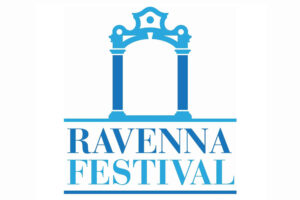A loop trail through the history of the city, among remains of medieval walls, bastions, ancient gates and a Venetian fortress.
The itinerary starts from via Fiume Montone Abbandonato, where you will see the first stretch of ancient walls dating back to the 5th century on your right. Walk along the walls on the unpaved road and go on along viale F. Baracca.
The first significant stop is Porta Adriana, the most beautiful one and the one that marks the access to the historical centre and to the pedestrian area in the most authoritative way. Enriched over the centuries, it still bears signs of the Roman Empire and of the Republic of Venice, but also a trace of World War II.
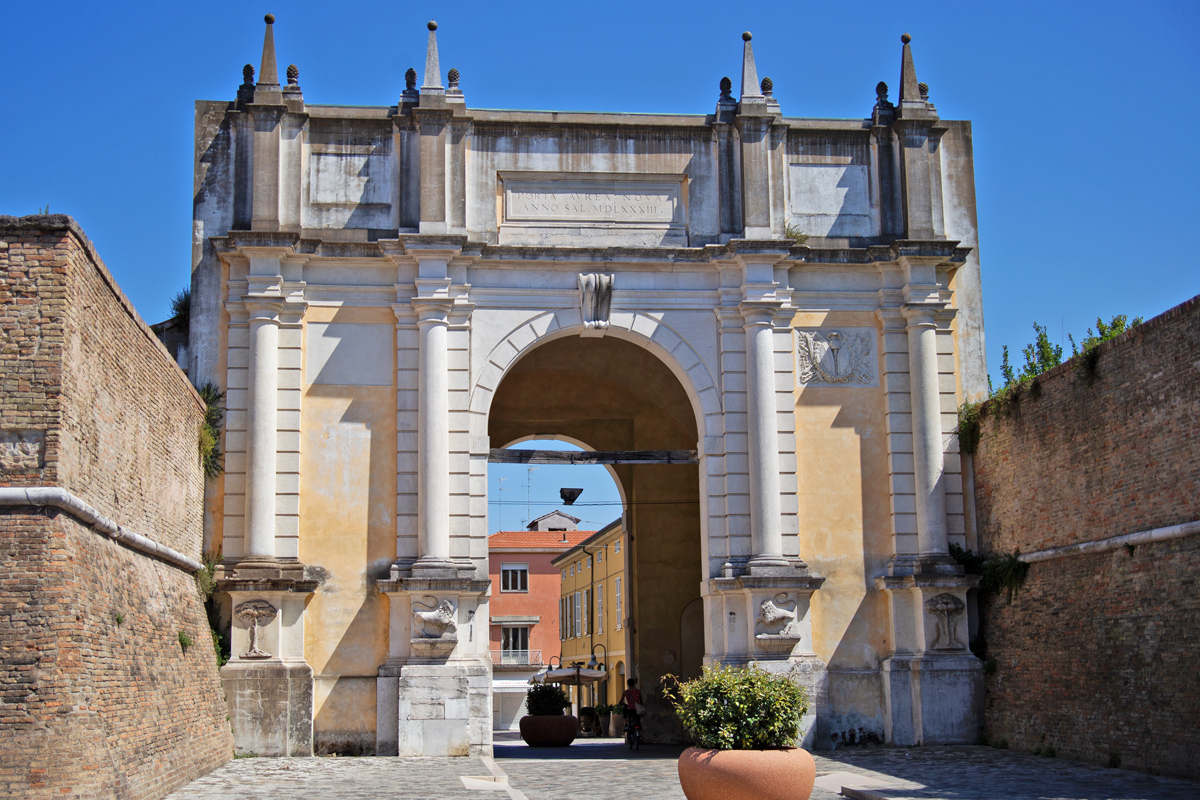
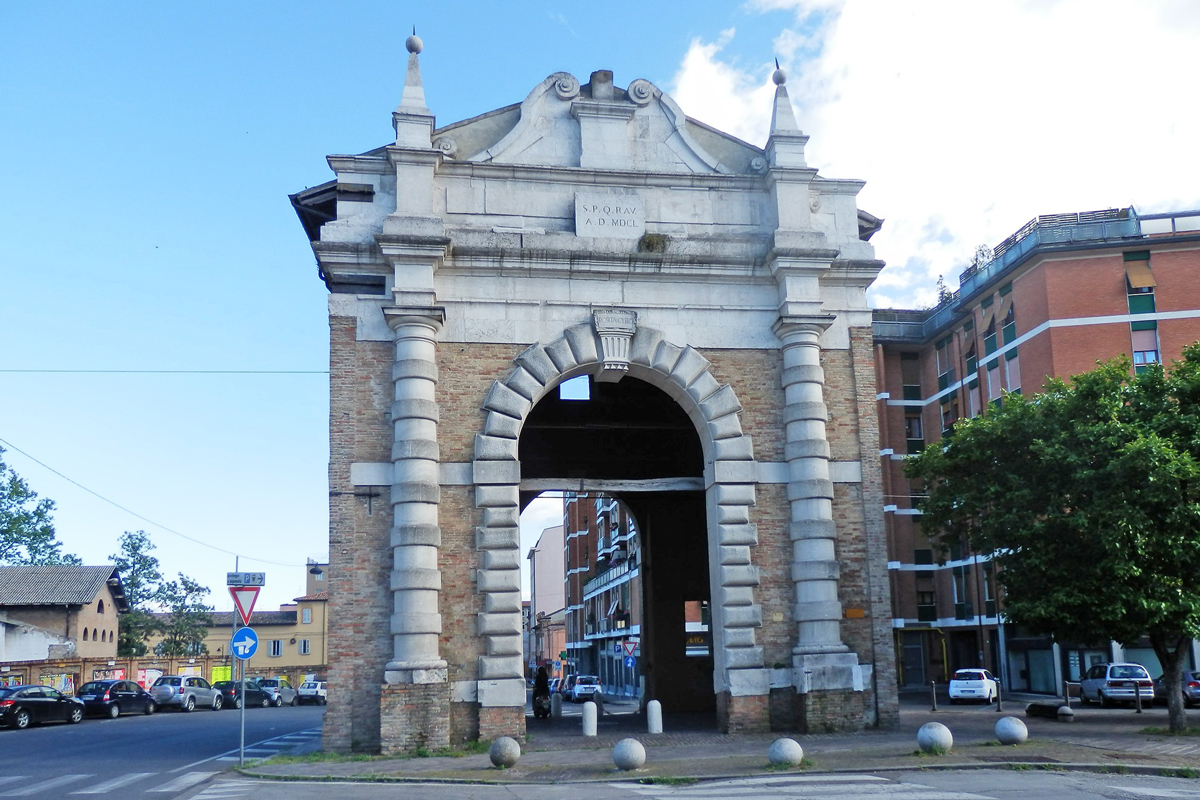
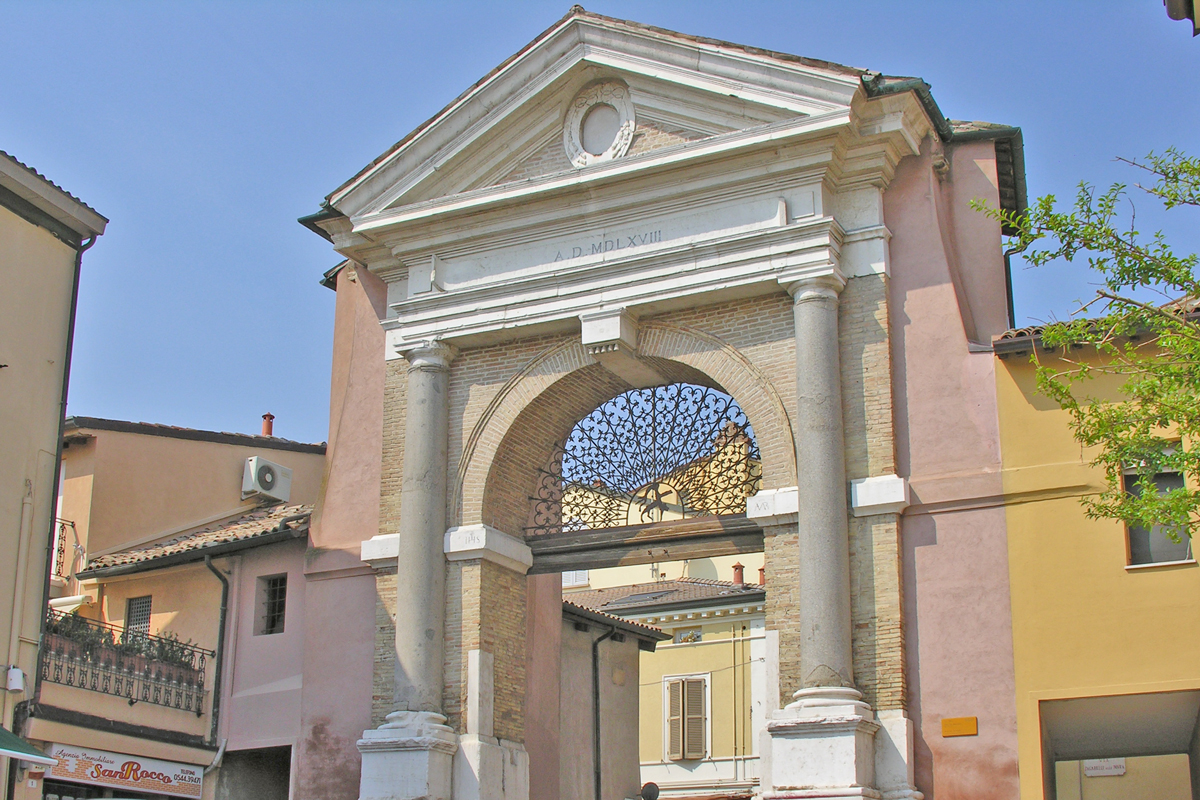
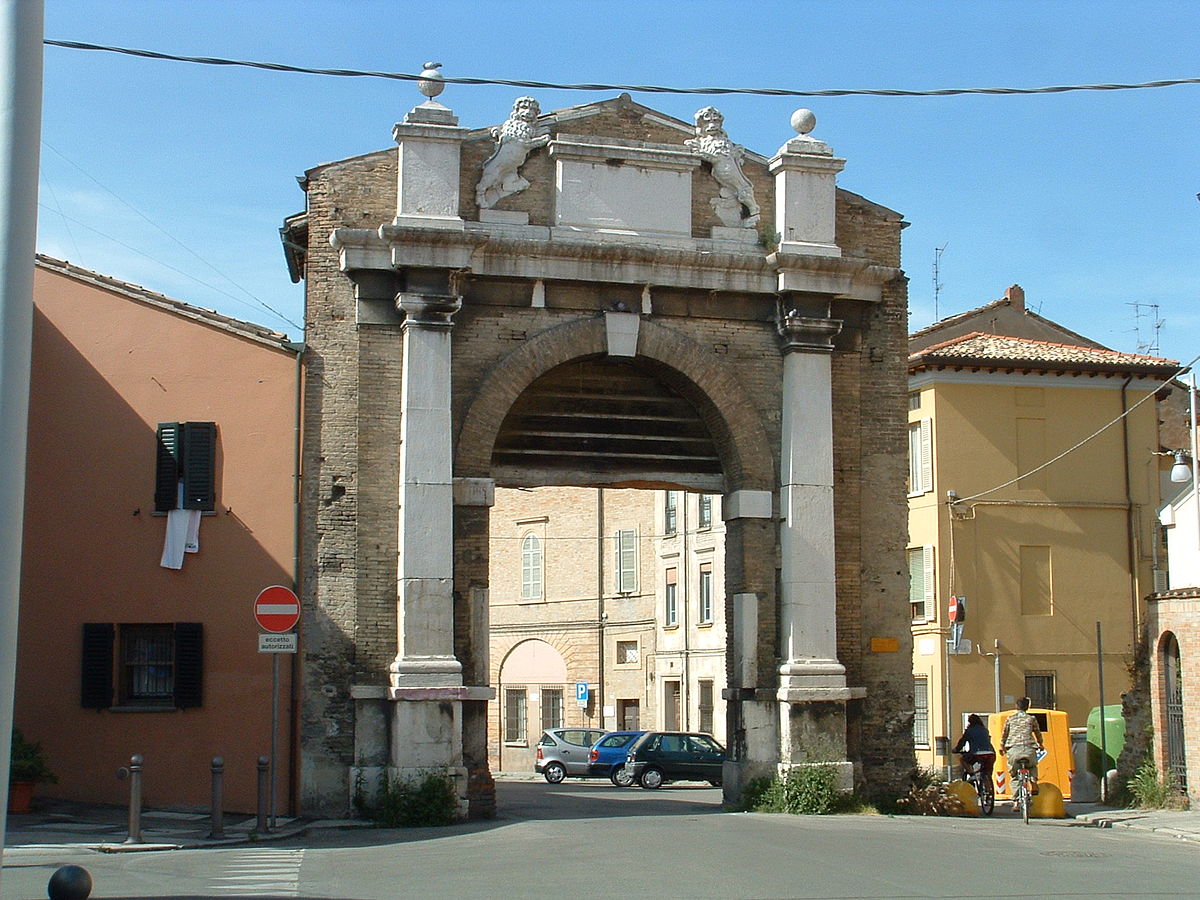
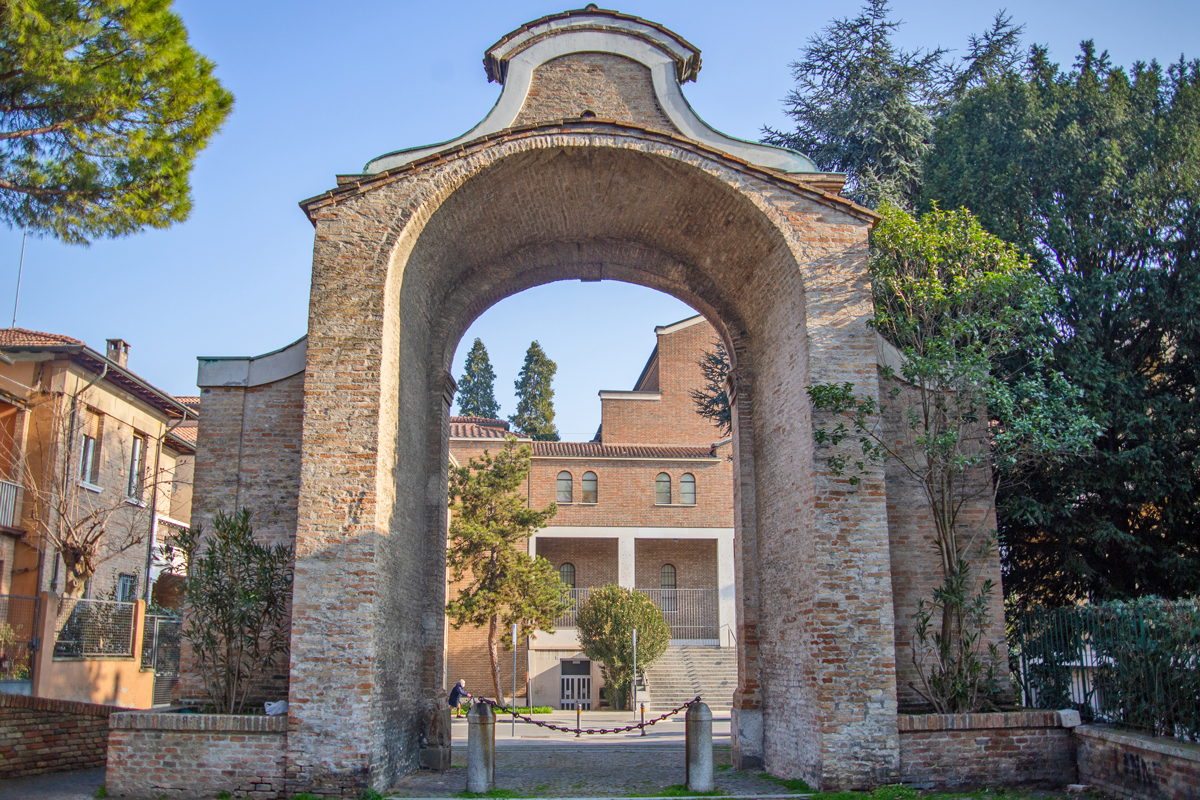





In via Don Minzoni it is possible to admire other stretches of walls, right behind the Basilica of San Vitale that – along with the Mausoleum of Galla Placidia – is certainly worth a stop.
From the middle of via S. Gaetanino starts a cycle path towards via Traversari, through which it is possible to reach Giardino Umberto Pinzauti walking or riding along the walls.
The next point of interest is Porta Serrata. Taking care of the northern point of access to the city, it is so called because the noble Da Polenta family – very important for the history of Ravenna – decided to have it walled up at the end of the 15th century after a bad prophecy.
Behind via Venezia you can see the Rocca Brancaleone fortress, the ideal place for a stop (and a snack). It is a 15th-century Venetian fortress that was also one of the scenes of the Battle of Ravenna in 1512. Today, it has become a garden, a theatre and an open-air cinema, as well as a lovely meeting place.
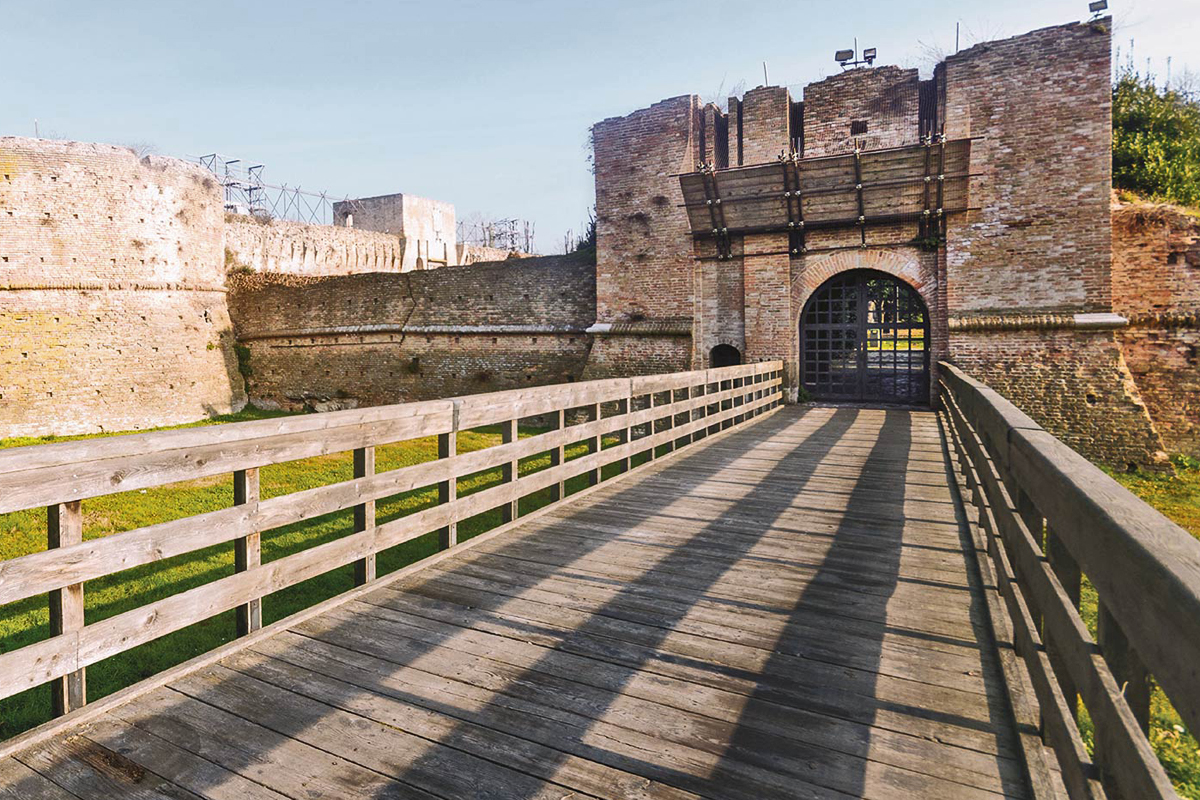
Near the level crossing between via Alberoni and via Candiano are the remains of Porta Alberoni. Past via Gradenigo, if you turn right, you take via delle Antiche Mura, a cycle and pedestrian path leading to via Destra Canale Molinetto along one of the longest stretches of walls.
The tour turns west and goes on in the Public Gardens, another place where you can stop and have a snack, and gets to Porta Nuova or Panphili, at the end of via di Roma. Rebuilt at the end of the 16th century (thus the name “Nuova“, lit. “new”), it marked the beginning of the great Panphilio canal, now gone. The gate was also crossed by the Forlì-Ravenna tramway and, on December 4th 1944, by partisans and Allies that finally liberated the city.
By following via Zagarelli alle Mura, you will get to two gates that are very close to each other: Porta Sisi, probably called like this in honour of Saint Ursicino, martyr in Ravenna, and Porta San Mamante, once part of a fortified complex called “I Bastioni” (lit. the bastions).
Along via Circonvallazione al Molino is – in a slightly secluded position – Porta Gaza, which once closed the military area on the southern side. Here is also a monument paying homage to the Italian resistance movement realised by Giò Pomodoro. It commemorates the martyrs of World War II, victims of the massacre of Ponte degli Allochi, once located in front of the monument.
Not far from here is another quite long stretch of walls, which also includes one of the still existing medieval towers. The defense line ends with the remains of Porta Aurea. In Roman times, it marked the south-western access to the city near the military port, that was once located in the area where the hospital currently is.
Following the walls along the ring road, end your itinerary in piazza della Resistenza, where it is possible to admire the Ardea Purpurea mosaic fountain, realised by Marco Bravura.
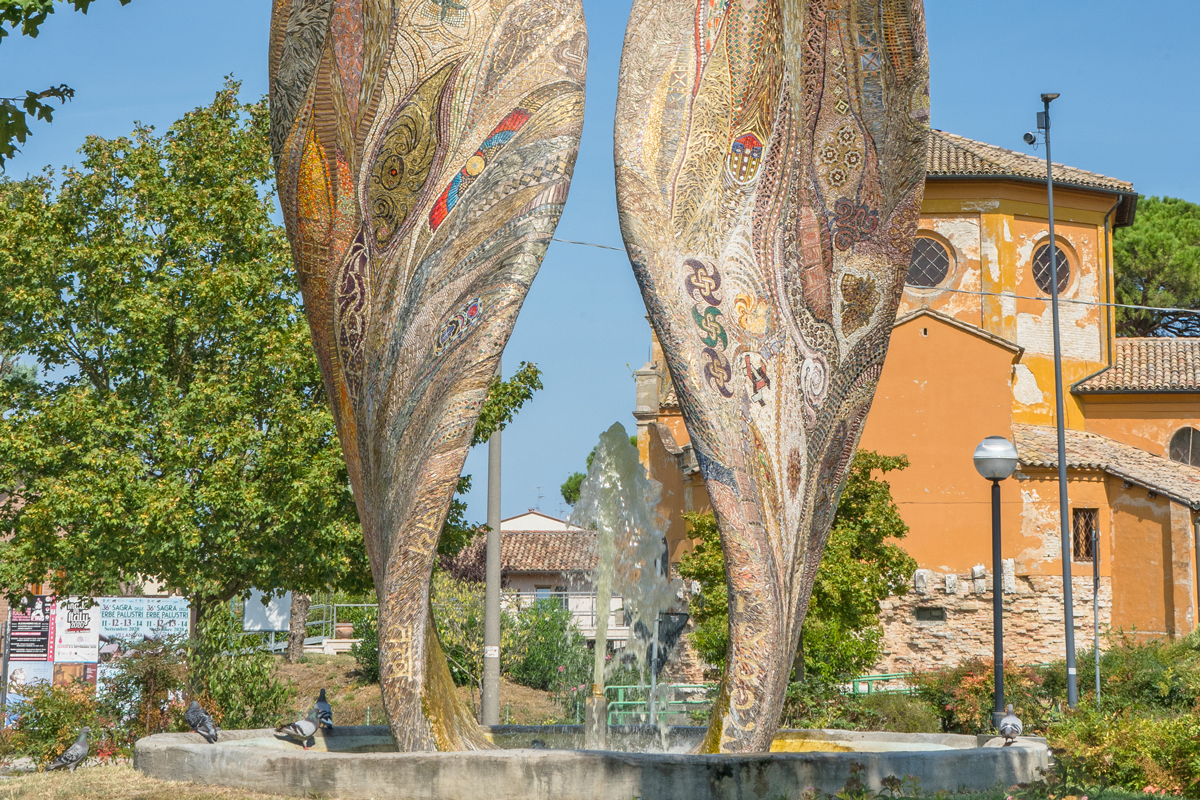
NB: near Porta Serrata and Porta Adriana you can find yellow stations for the maintenance of bicycles, equipped with a bike pump and some tools.


